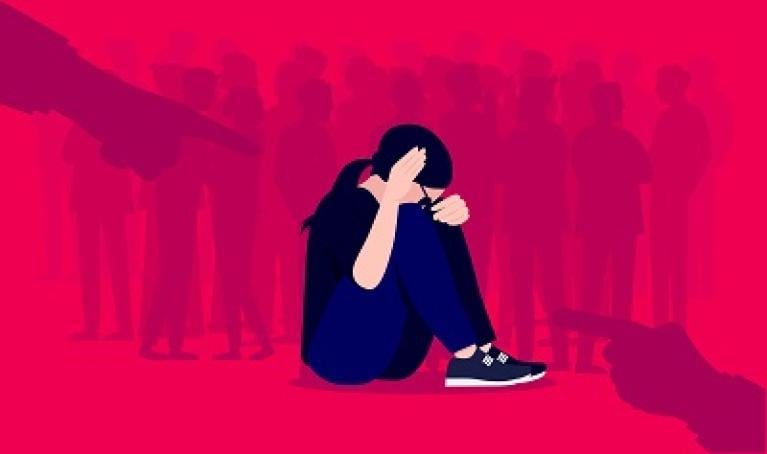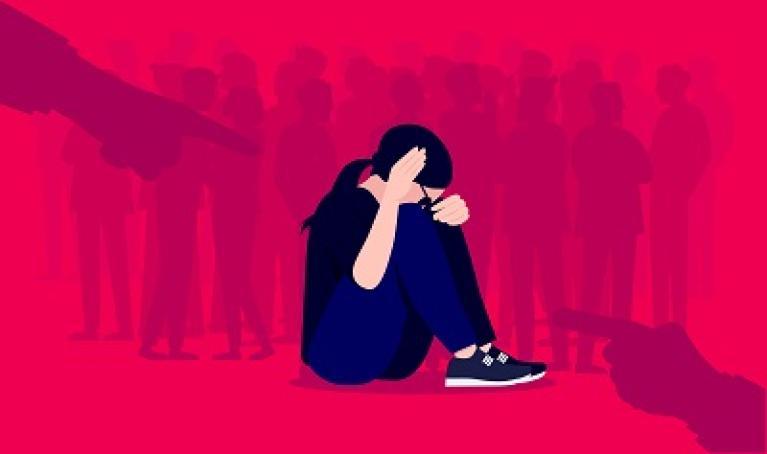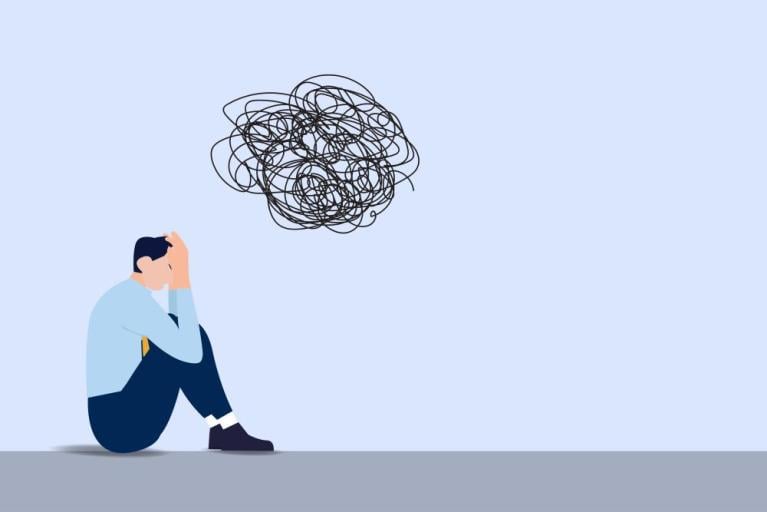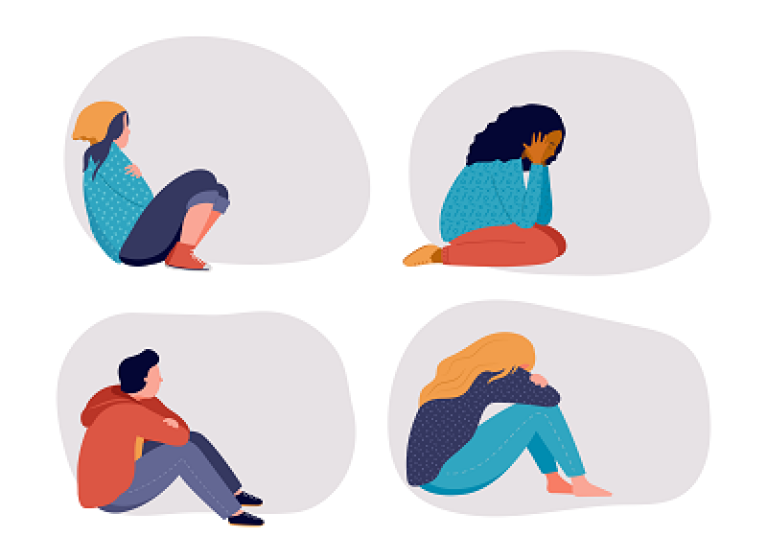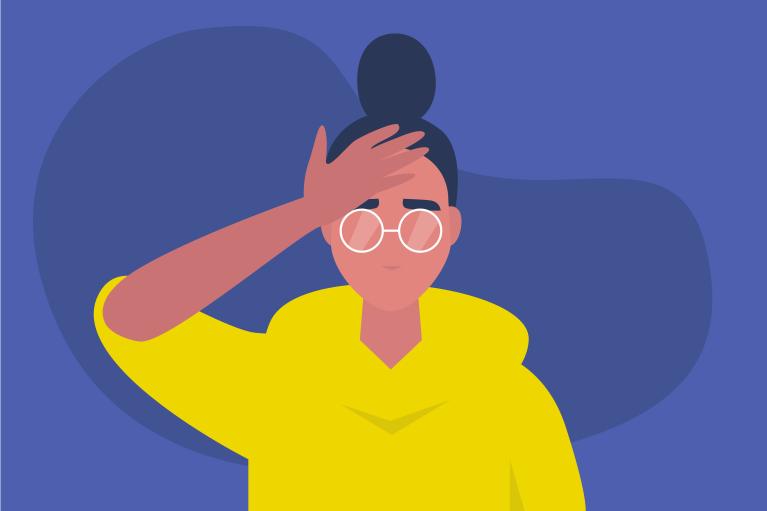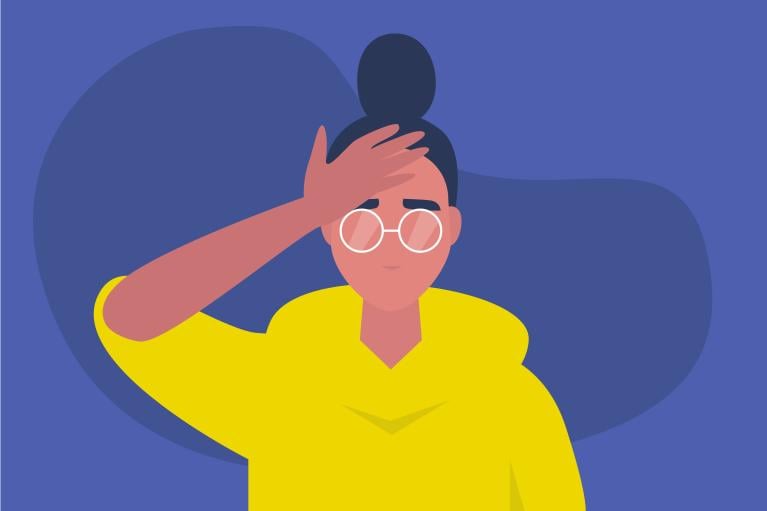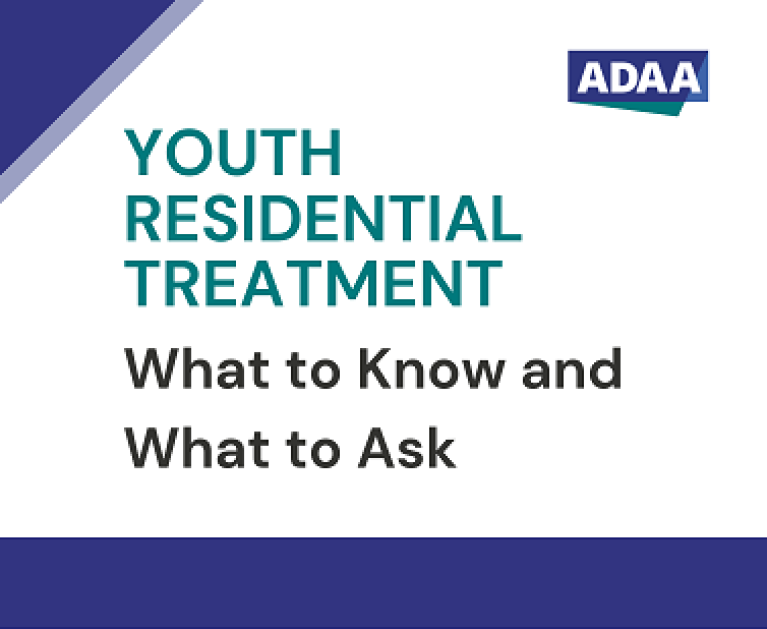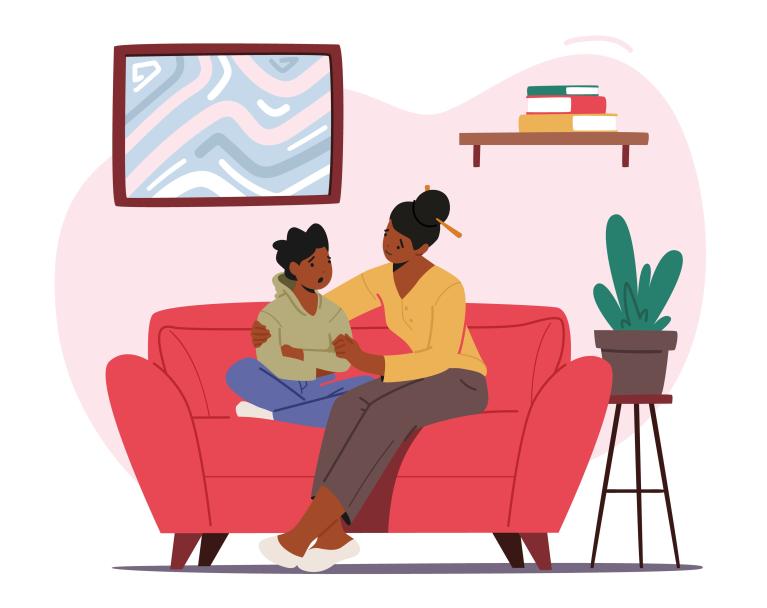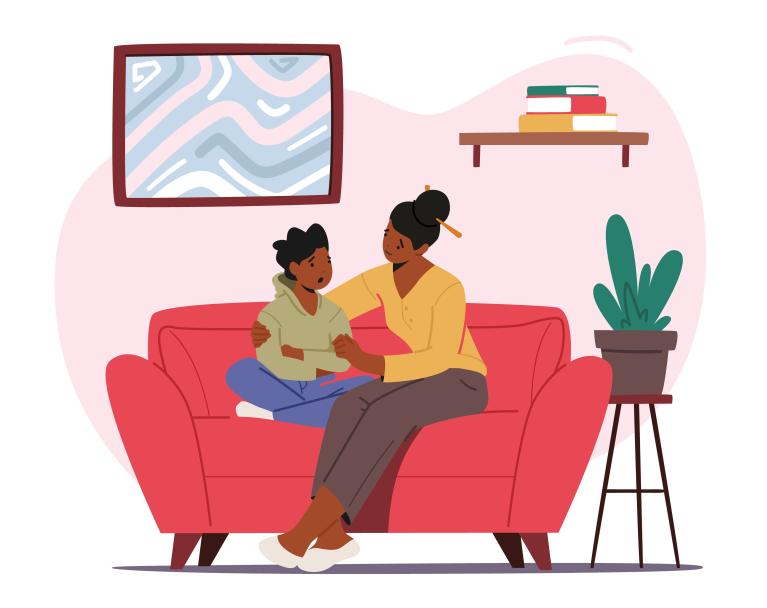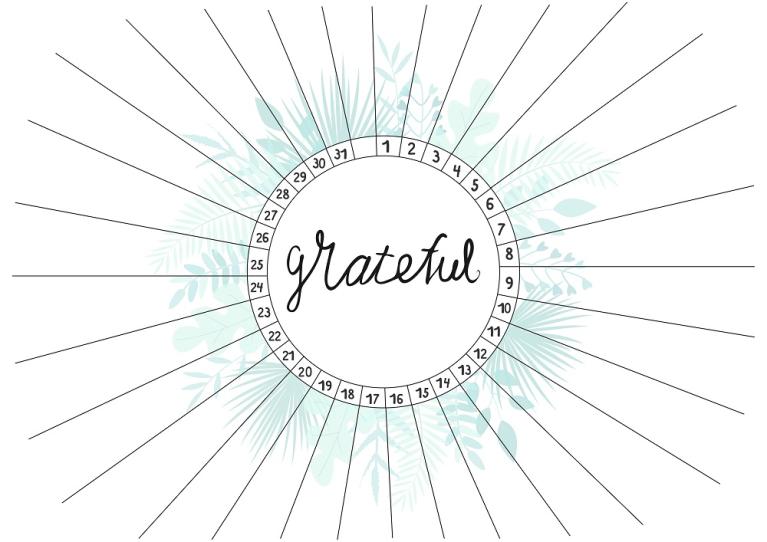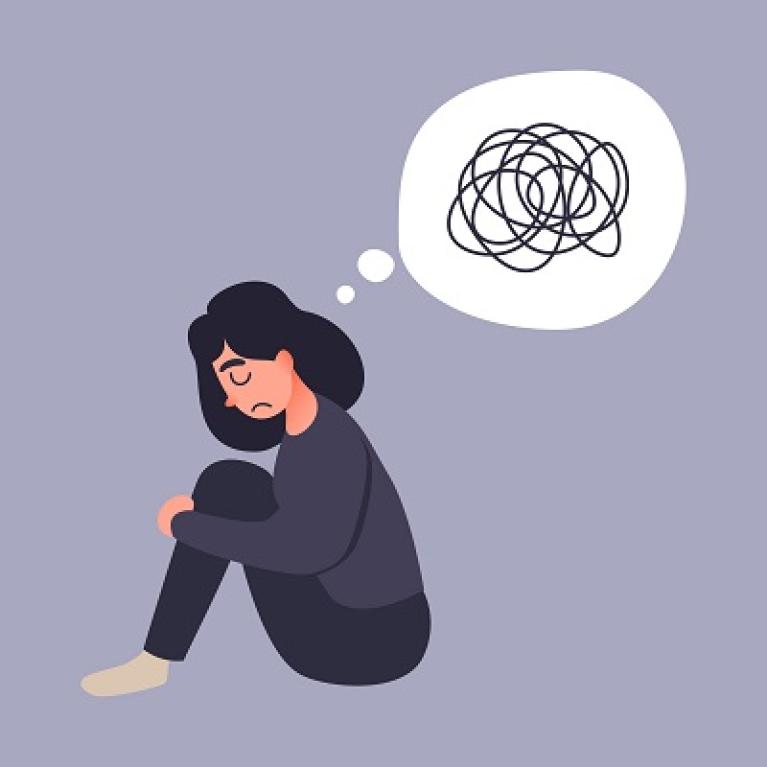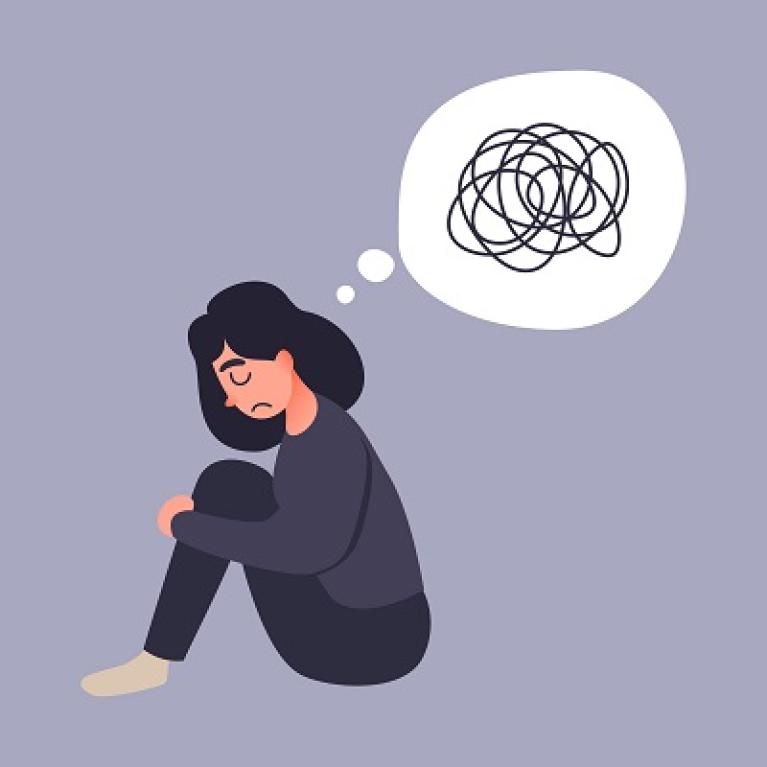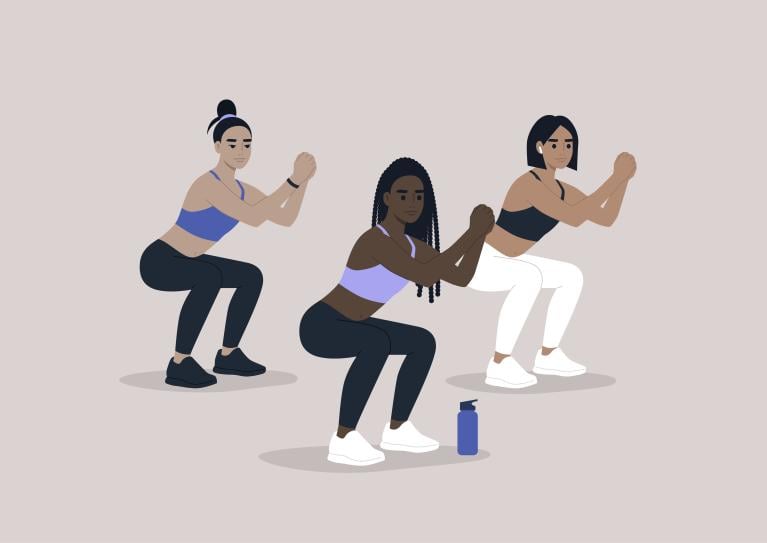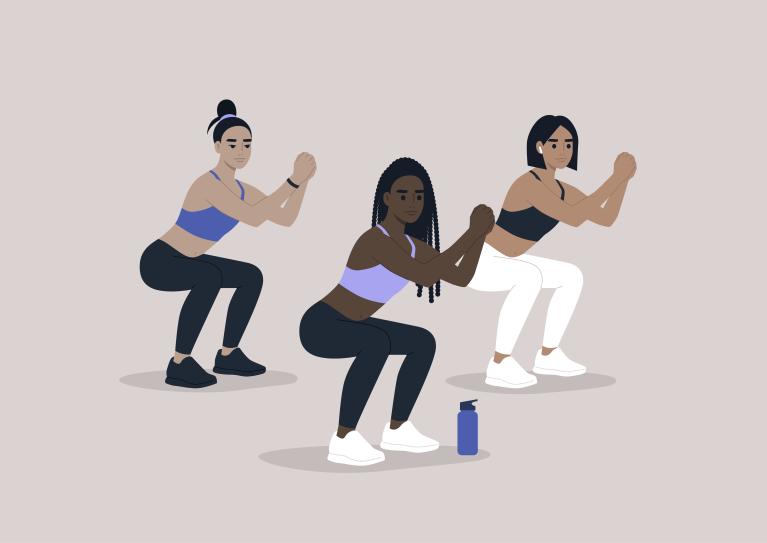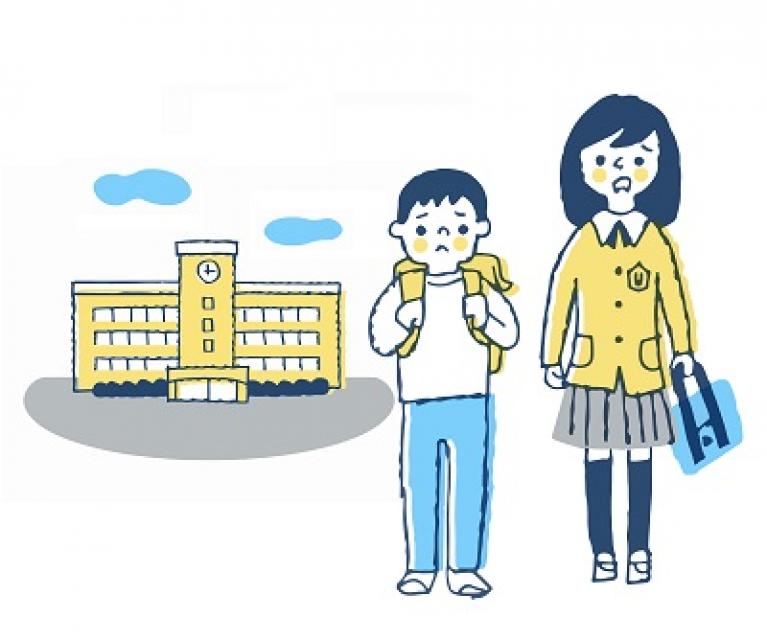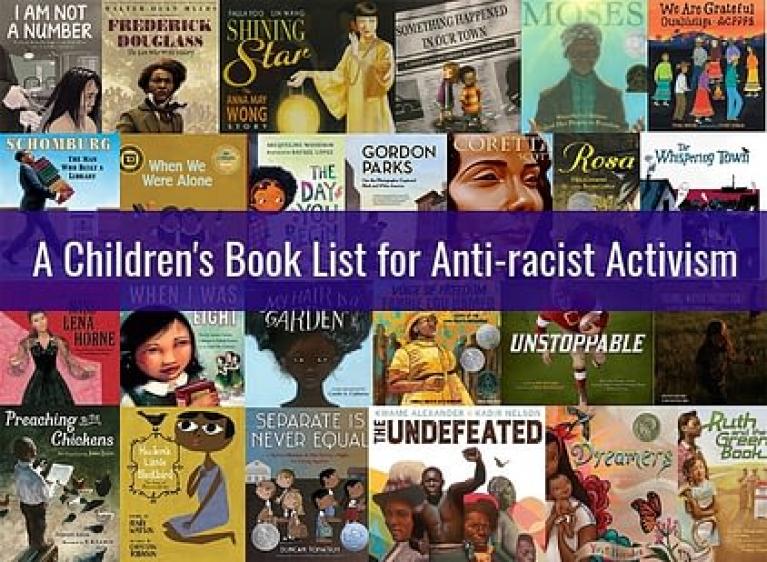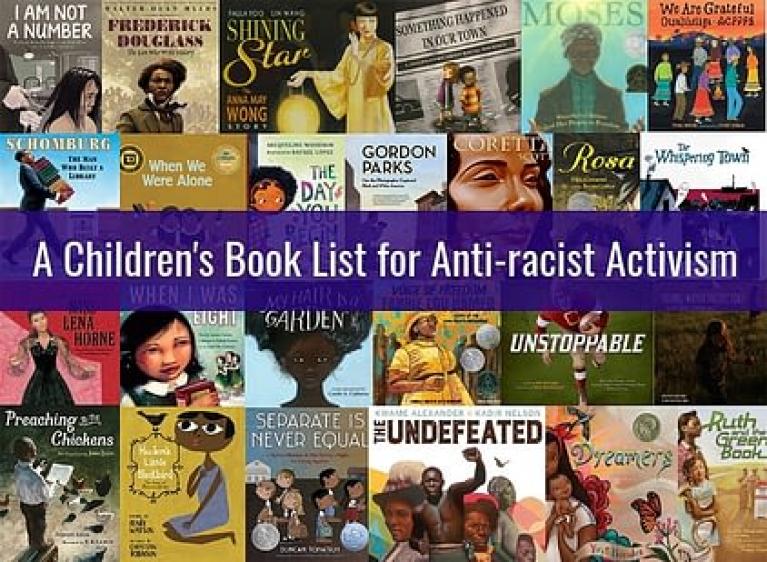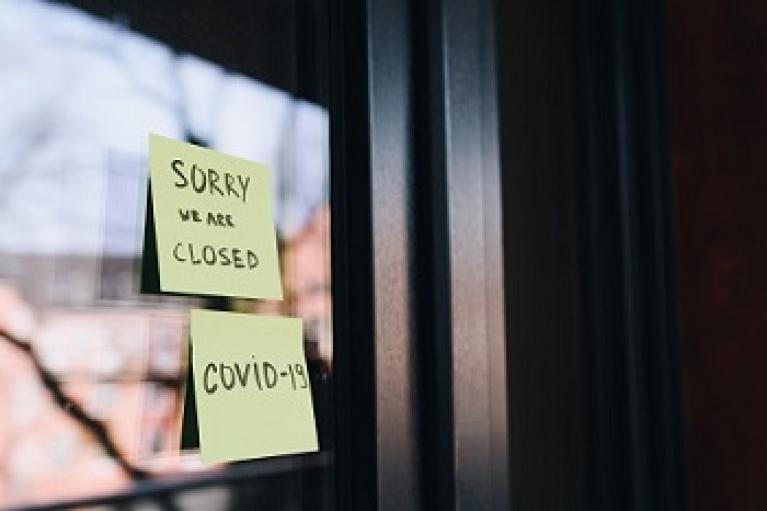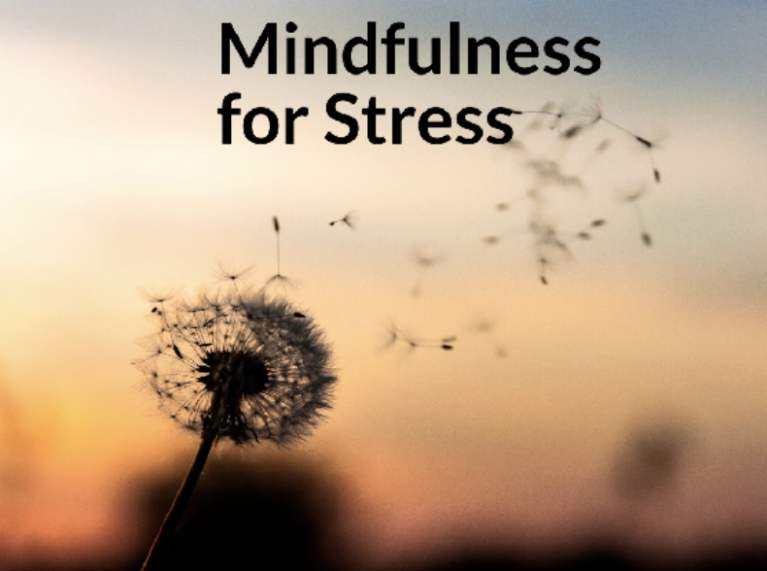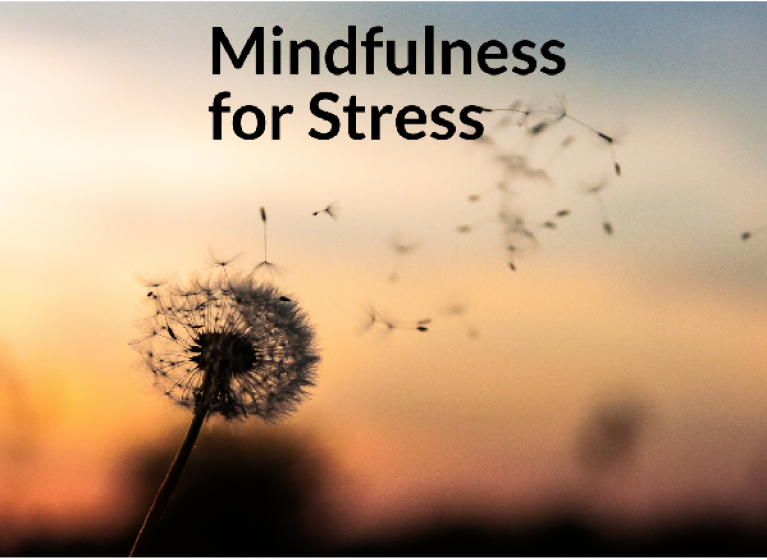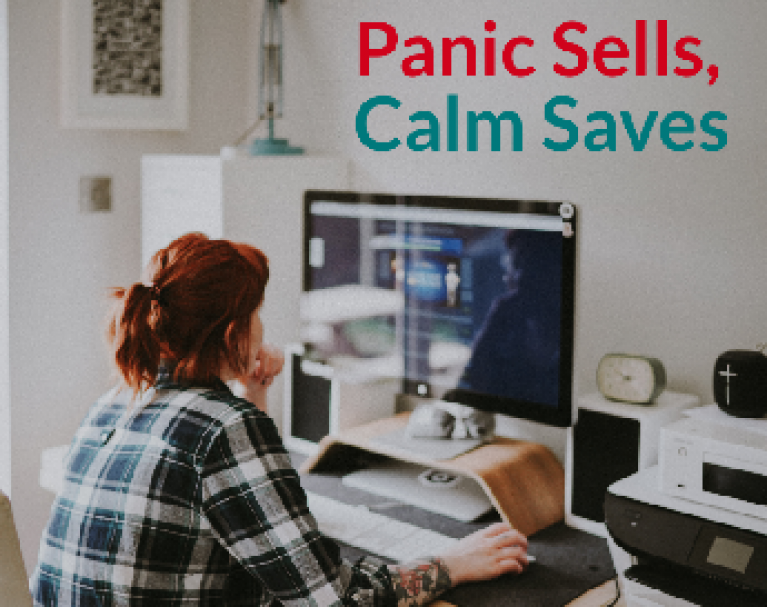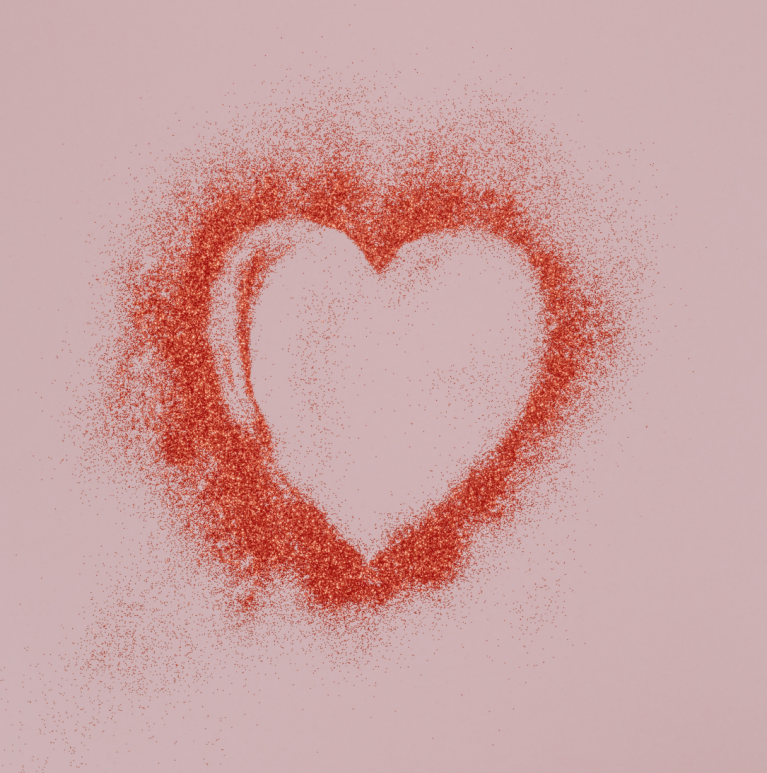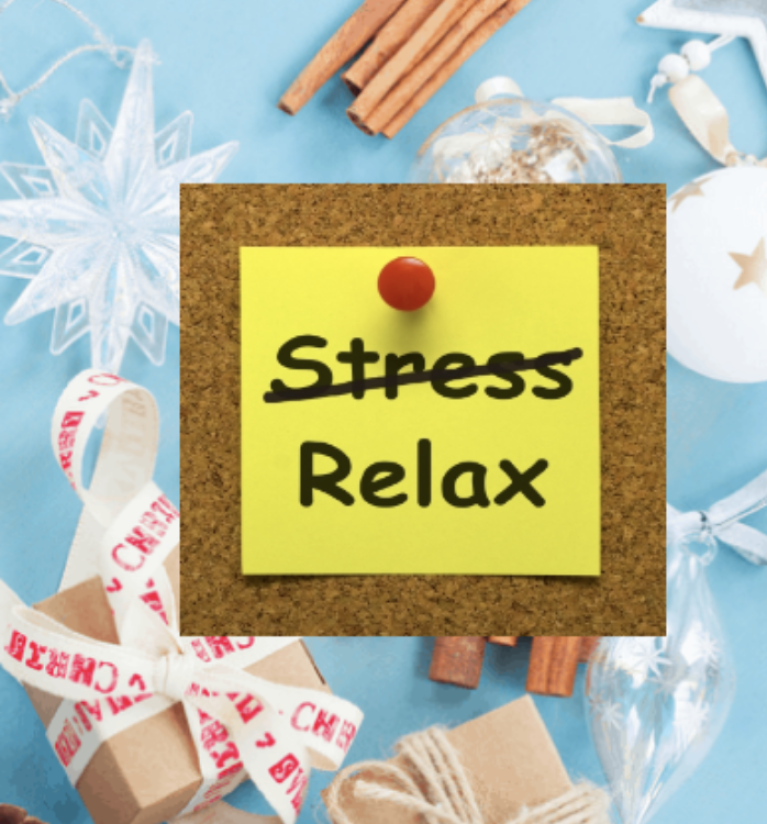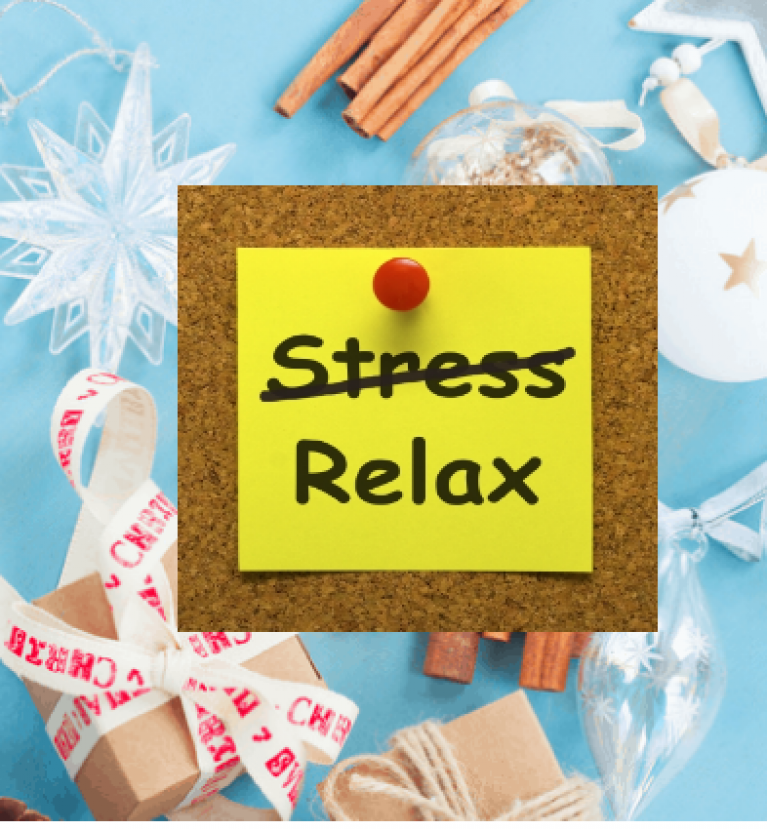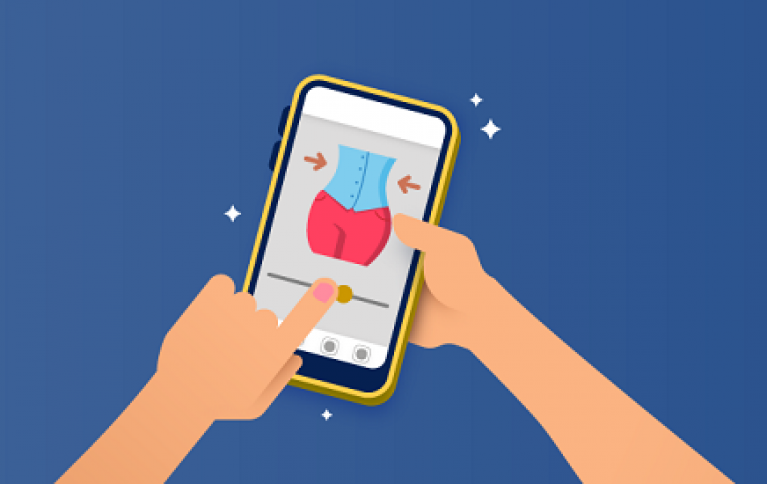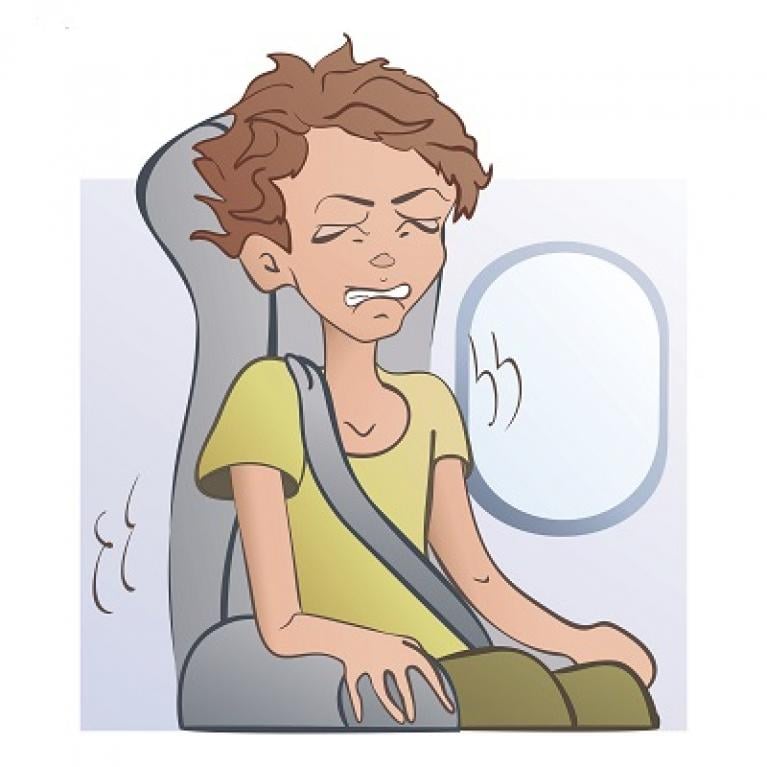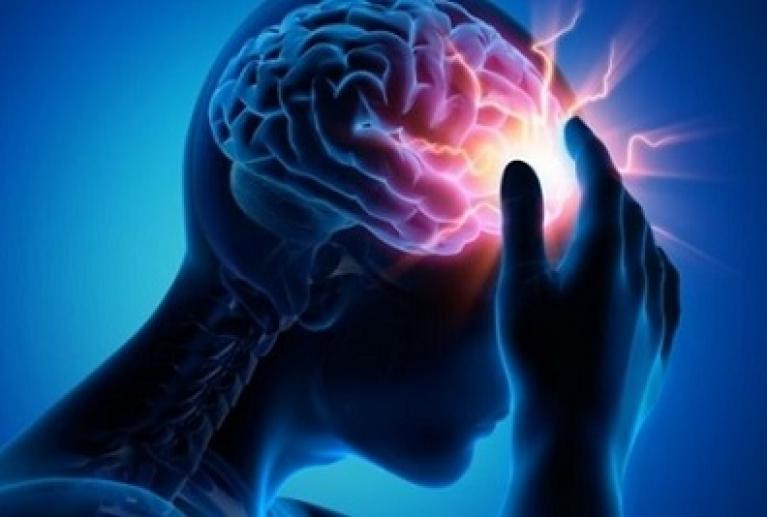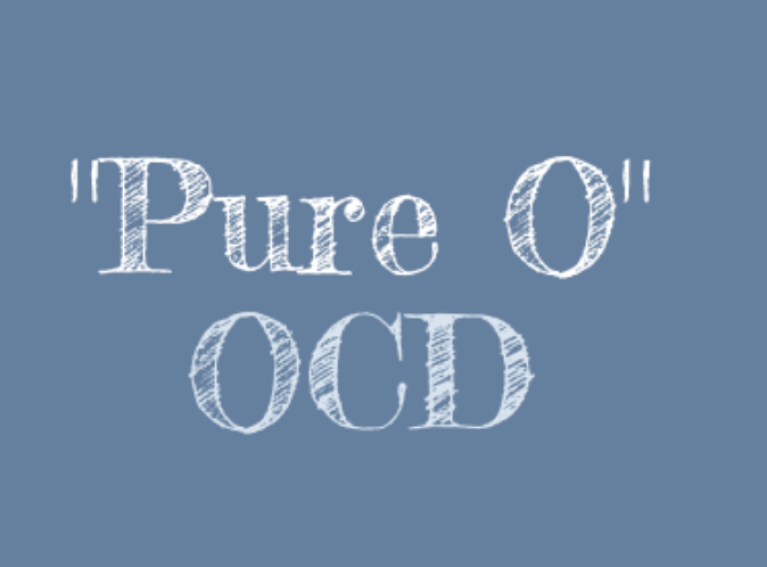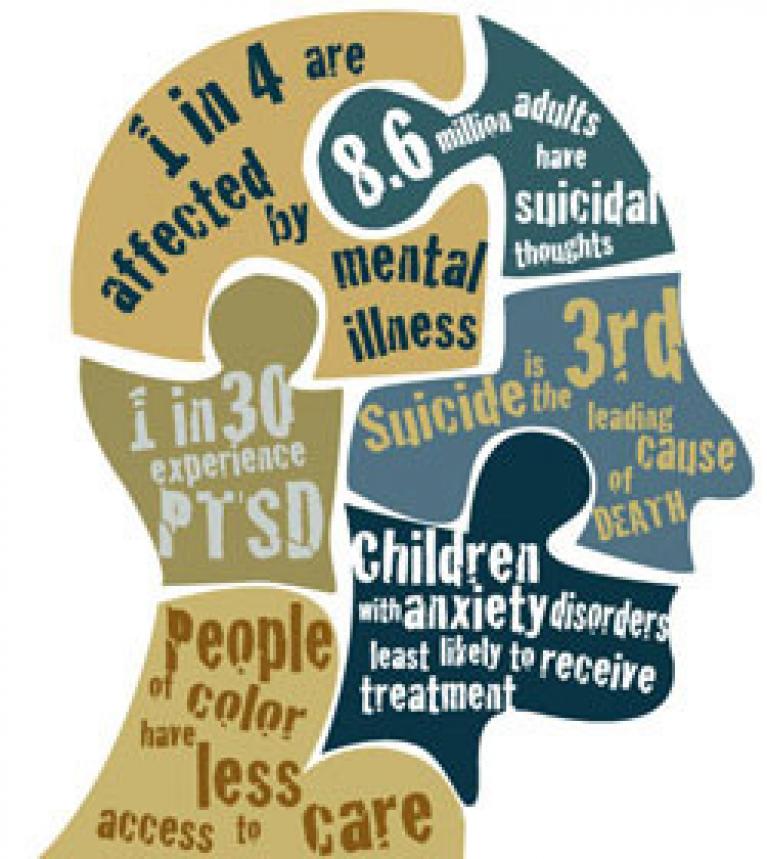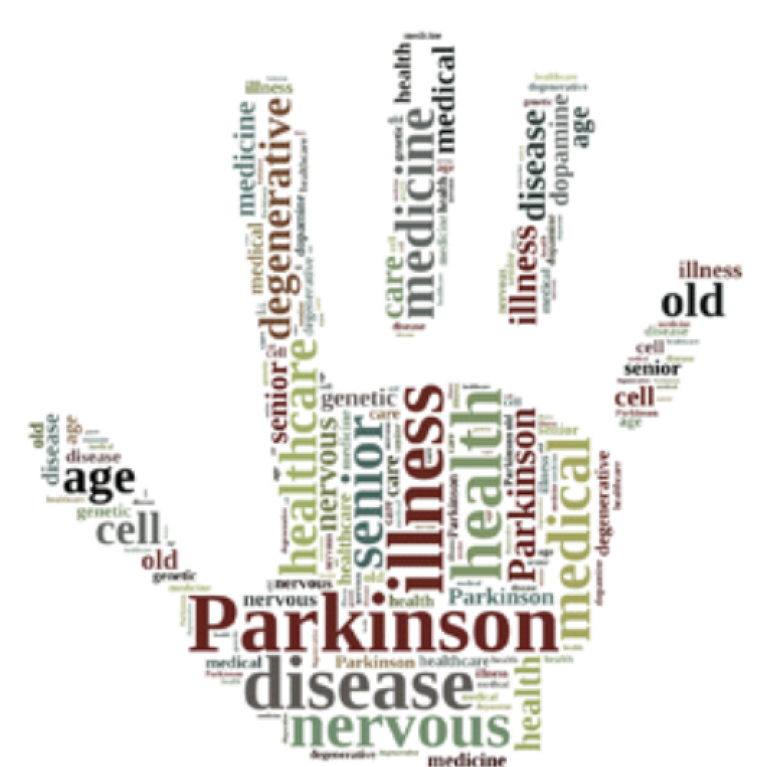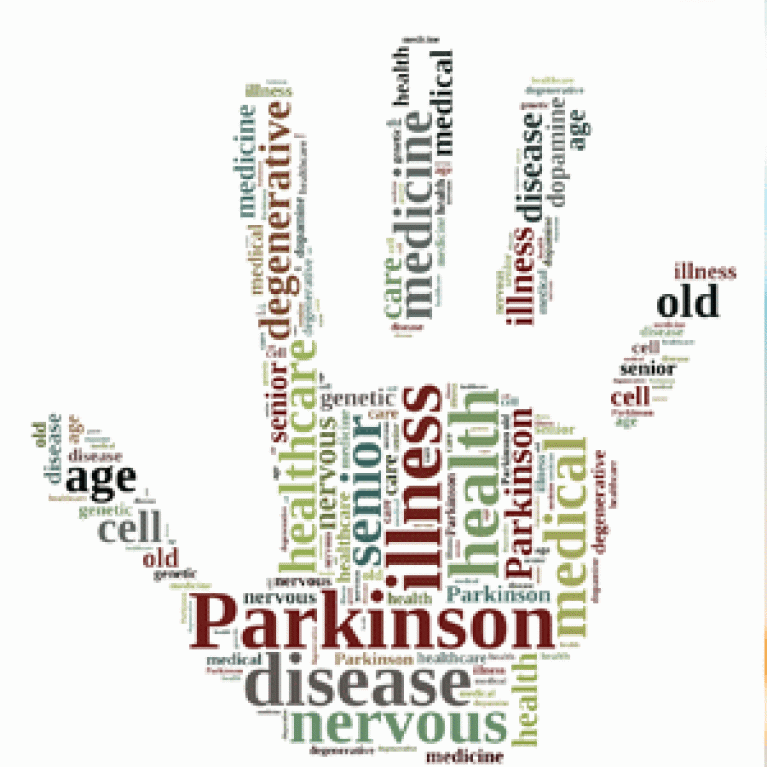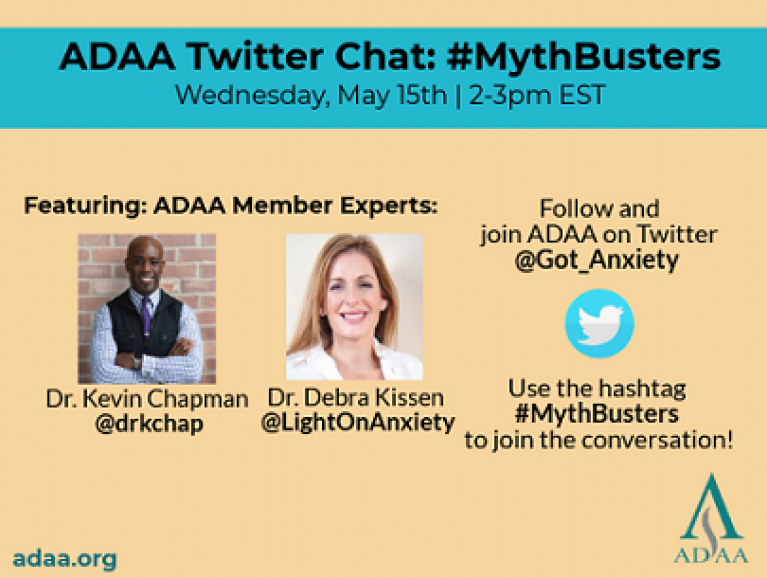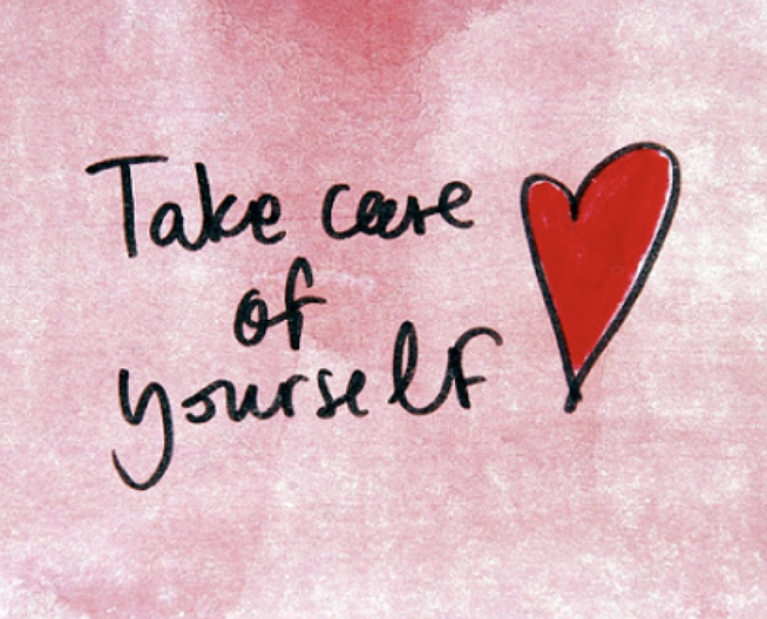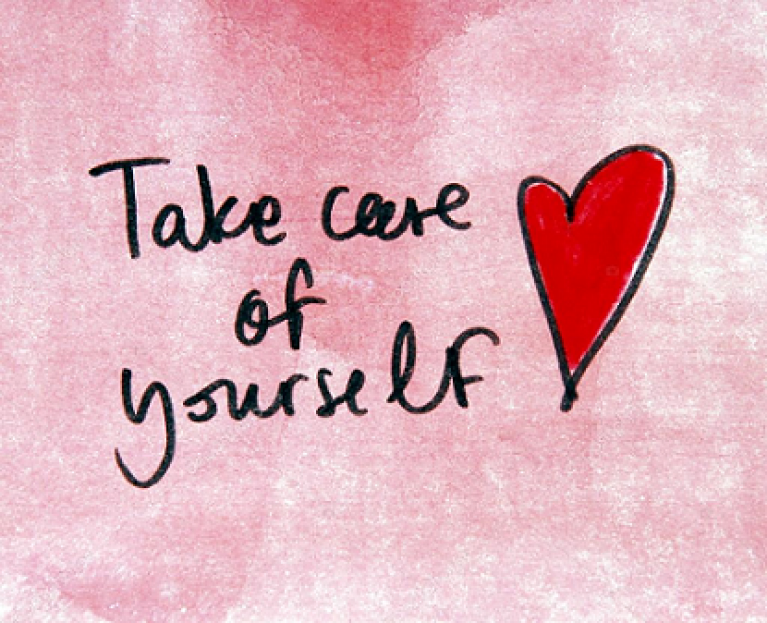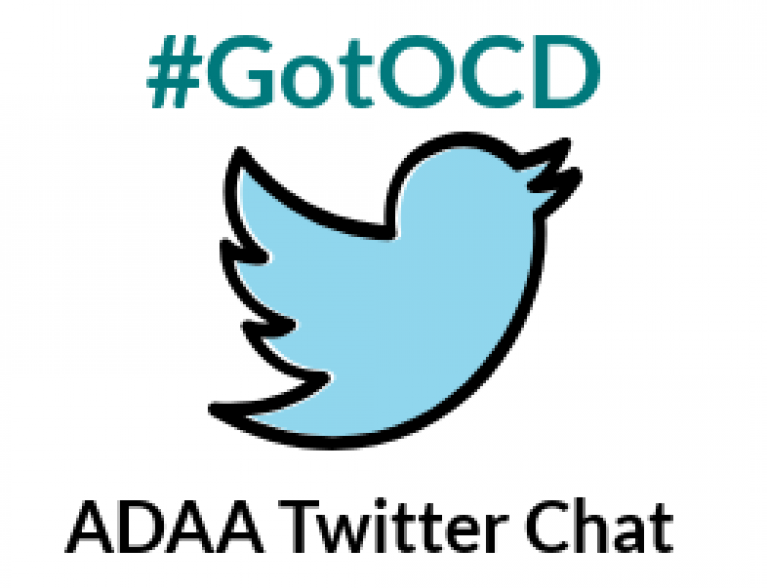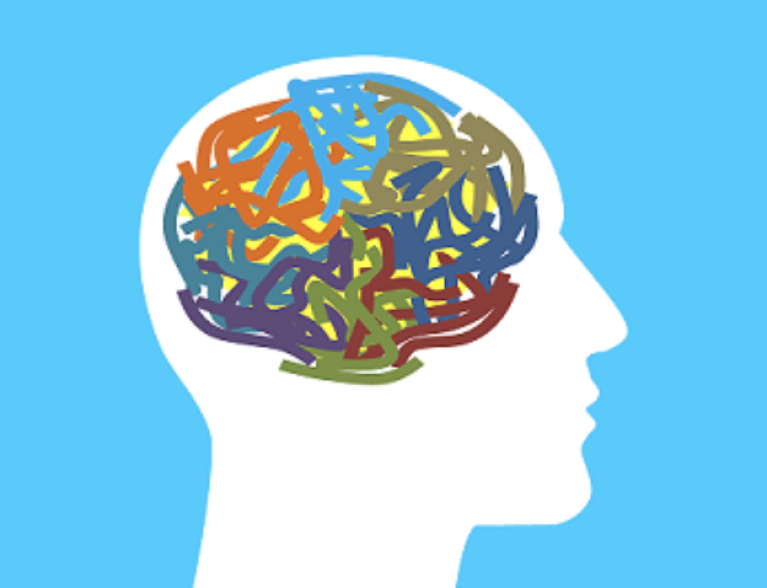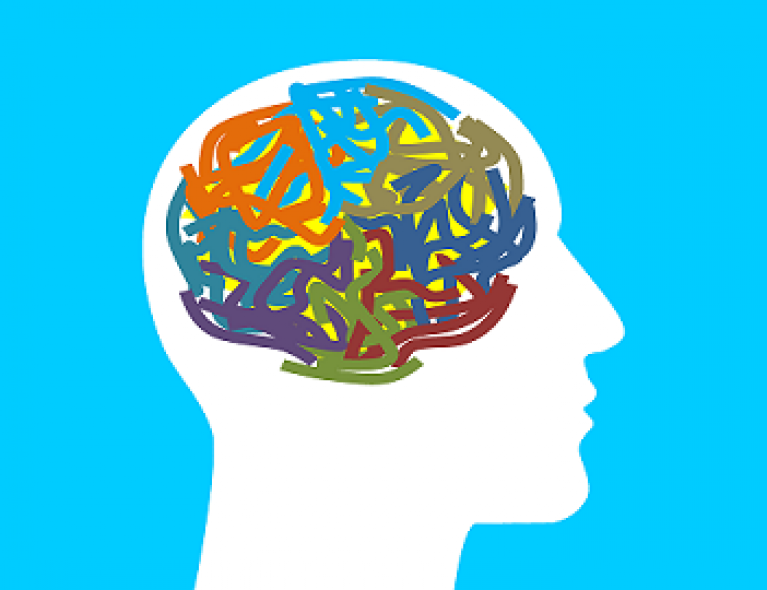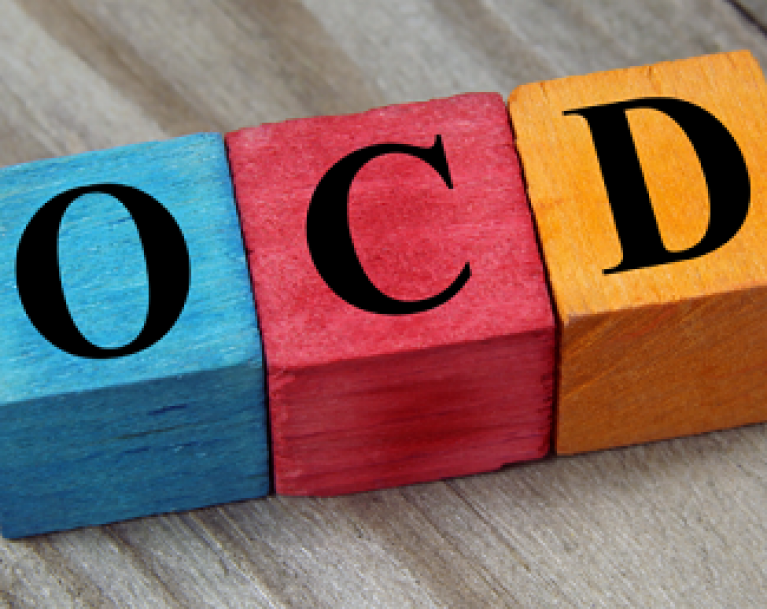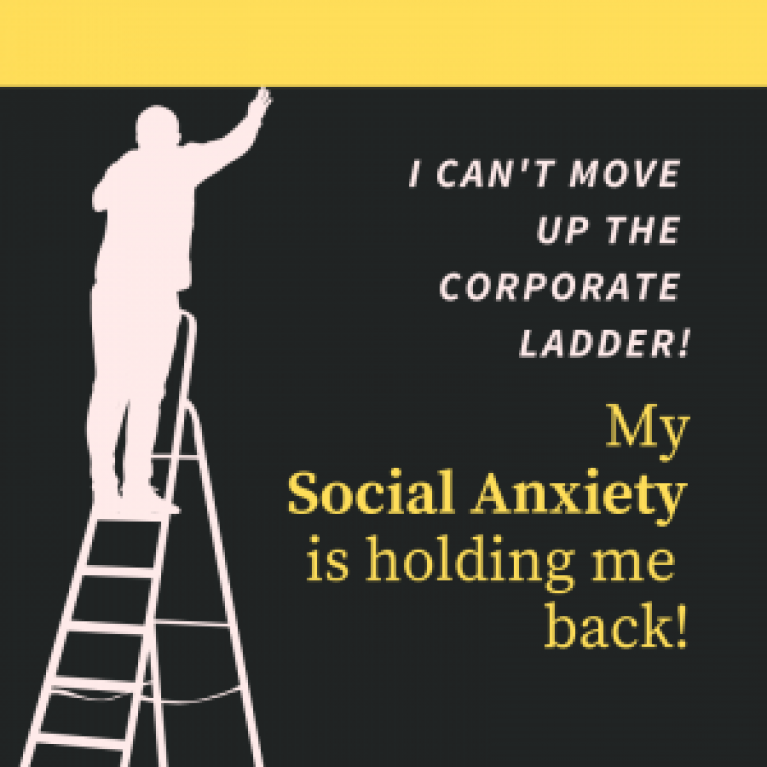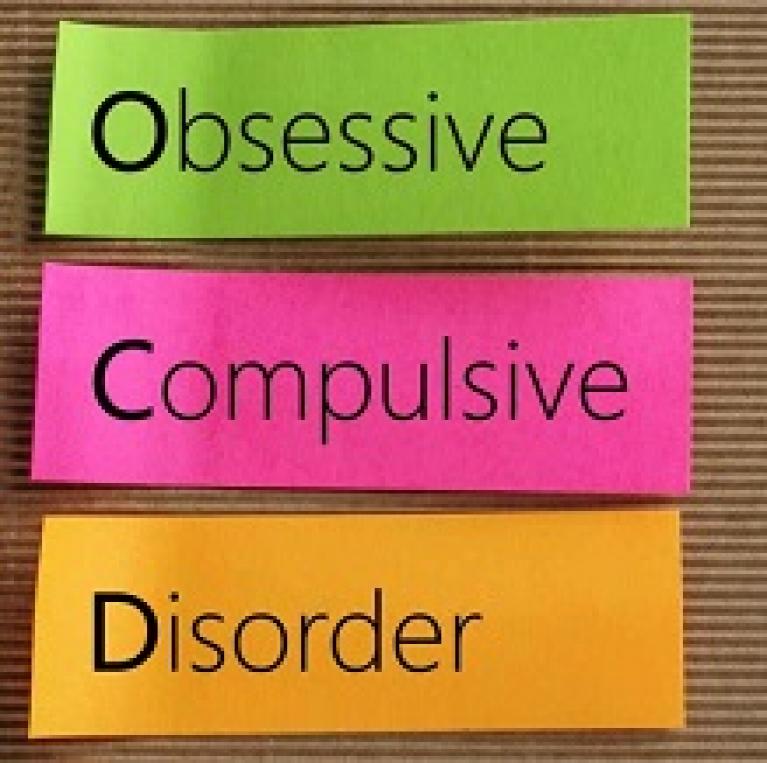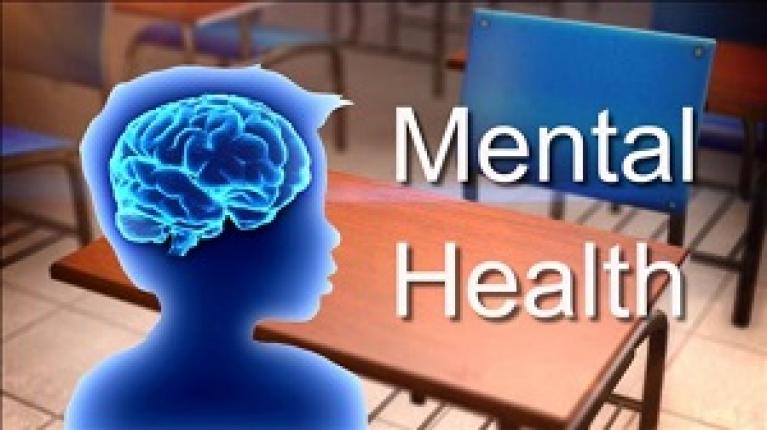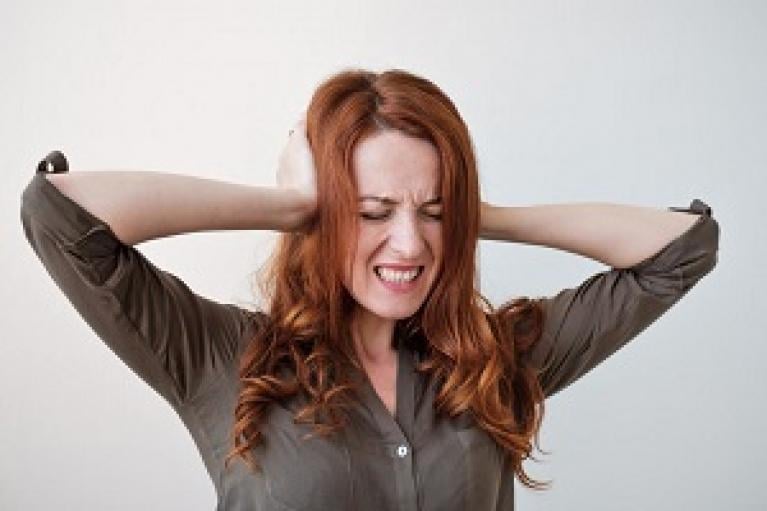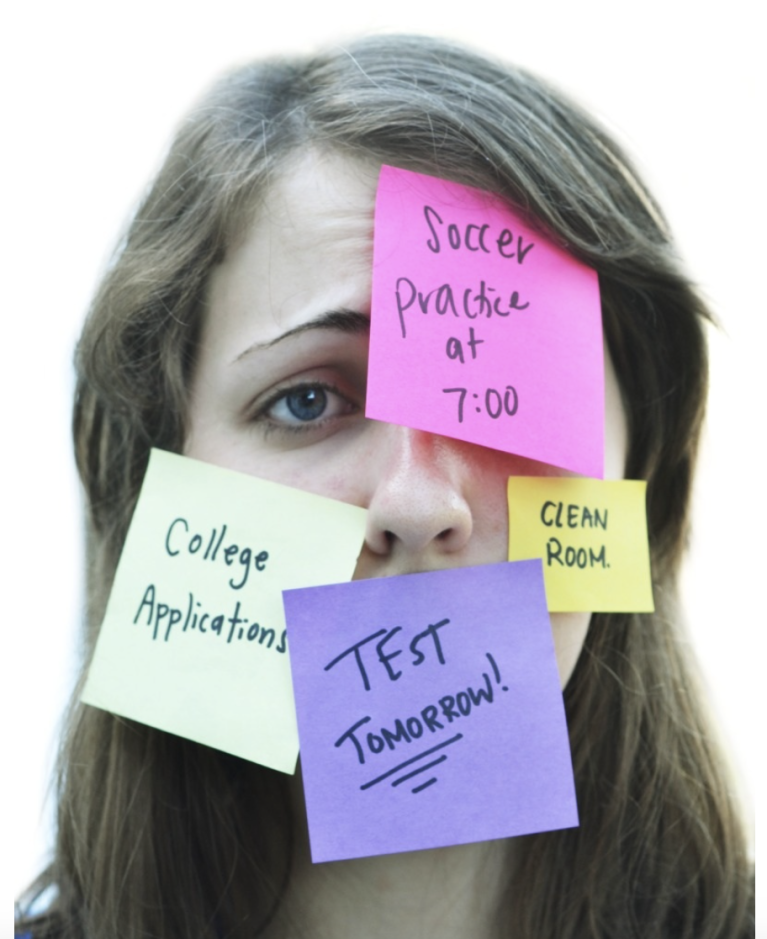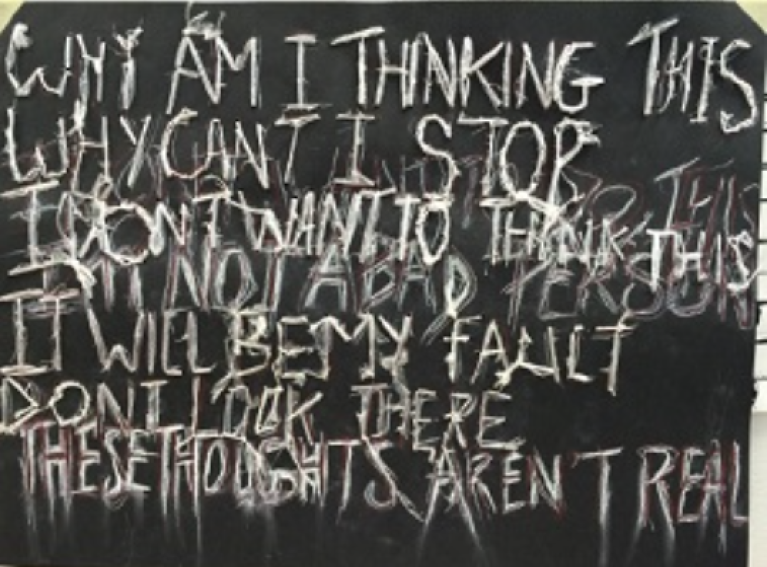ADAA Mental Health Blogs
ADAA's evidence-based mental health blog featuring mental health professionals.
April is world autism awareness month, and so there is no better time to bring to light not only the challenges associated with autism, but also the most common conditions that impact this community. Children and adults on the autism spectrum are more likely to have an anxiety disorder than others. And research suggests they also may face challenges with getting an anxiety diagnosis and treatment.
Anxiety is one of the most common mental health disorders affecting those on the autism spectrum. Anxiety can cause extreme fear, dread, sweating, restlessness, and even chest pain. “A lot of us do experience anxiety, and we struggle with it in our own ways,” says Jairo E. Arana, an autistic member of the Community Advisory Council for SPARK, the largest study of autism.
Parenting is an increasingly complex job. It’s layered with important responsibilities one of which is raising anti-racist children. In addition to being a Registered Psychologist, I am also a parent, a white parent, who wonders what I can do to engage with this important work. I have learned that I can be doing more at home to raise antiracist children, and that the responsibility is mine and not that of the Black and Brown communities.
The virus has upended the world as we know it, and kids are struggling. Kids were not meant to live this way. None of us were meant to live this way, but as a child therapist, I have a special focus on kids and their well-being.
The COVID-19 pandemic has rapidly and abruptly changed human life in unexpected ways. In the last few months, since the COVID-19 stay at home restrictions came into place, millions of people have been working from home and practicing social distancing. As the lockdown restrictions are getting lifted or eased in various places, most people are experiencing some degree of re-entry anxiety, as they contemplate or attempt to navigate some degree of resumption of required pre-lockdown activities, such as going to work.
Today I said thank you to the staff at the senior living facility where my 97-year-old grandmother lives. At the outbreak of COVID-19, she found herself hospitalized with bacterial pneumonia – nothing related to COVID-19. Just poor timing.
Images of the murder of Black Americans, discussions about systemic racism, sirens blaring, crowds protesting, curfews, fires. It’s tough for adults to make sense of the hurt in the world right now, but how do we help our children and teens with it?
It is time to stop dreading anxiety.
Few things motivate escape and avoidance more than the feeling of anxiety, the sense of apprehension and worry that a catastrophic outcome may lie ahead. Sometimes we can name it – tomorrow is the big test, the first online date, a telemedicine check-up by Zoom – other times, we are unsure of the source of our unease. Of course, few words promote anxiety more than coronavirus.
For all athletes, the outbreak of COVID-19 brought competition to a striking halt. Many who were ramping up their training regimen for an upcoming tournament, or helping their team strengthen their playoff seeding, were heartbroken to hear there were no more games to be played. Some athletes have spoken publicly about their immense feelings of disappointment, sadness, and anger. However, some athletes who describe themselves as being more anxious in nature are reporting that the absence of competition has actually been more of a relief.
If you are like most families with young children, these past few weeks have been filled with playing simple games, such as who can run the fastest from one side of the room to the other, or who can accurately recite the alphabet backwards. When my children were young, their favorite game involved my hiding their stuffed animals in the house.
As many in the United States (US) stay home and practice social distancing to protect themselves from COVID-19, individuals from lower socioeconomic status (SES) backgrounds face heightened barriers and risks.
What is Mindfulness?
Mindfulness is a term that is commonly used these days. What really is mindfulness?
Mindfulness involves bringing awareness to the present moment, through non-judgmental noticing and observing, with the goal of being fully present in the current moment.
Benefits of Mindfulness
I’m a specialist in the treatment of OCD and anxiety disorders. OCD is a debilitating mental health disorder whereby patients experience unwelcome, intrusive, disturbing thoughts (obsessions) that create anxiety.
Fear, uncertainty, and anxiety are bound to be heightened with wide-scale disease outbreaks that are contagious, particularly when they involve a new, previously unknown disease-causing agent, as is the case with the novel coronavirus (COVID-19) outbreak. This fear and anxiety can especially affect people already suffering from anxiety, and repeated news cycles about the spread of coronavirus do not help this anxiety.
Obsessive Compulsive Disorder (OCD) often wears down children and parents. Prior to beginning treatment, parents often state that they can no longer understand or recognize their child. They see their child as being rigid, stuck, and exhausting. They do not know how to respond to the grip OCD has on their child.
Family #1: Rachel avoids wearing clothes that make her feel itchy or uncomfortable. As a result, she insists on wearing the same outfit to school and at home. Rachel’s parents feel forced to wash her clothes daily to avoid conflict.
The onset of OCD typically occurs during adolescence, with 25% of cases starting by age 14. Because teens typically live at home, accommodations by family members are common. Accommodations occur when others attempt to aid sufferers by assisting in rituals.
Checking my email last night, I noticed that “coronavirus” appeared in the subject line of about 70% of the messages. It makes sense that the Wall Street Journal, CNN, Fox News, and The Washington Post would be featuring stories, but Wired and The Atlantic and other newsletters have all caught COVID-19 fever. The media are turning this into a payday. I don’t begrudge them that. Panic sells. It’s good business.
Are you feeling sad or lonely this Valentine’s Day? We don’t usually associate Valentine’s Day with depression, but if you’ve recently gone through a breakup or if you’re dealing with persistent disappointment in your love life, Valentine’s Day can be a depressing affair.
Emotions Related to Loss
Most of us started out playing sports for fun. Practices and games were a chance to meet up with friends (old and new), to get away from our work-a-day lives, and take on an athletic challenge that got our hearts pumping and our endorphins firing.
For many competitors, however, there’s a point at which the fun-dial gets turned down, and the pressure to perform makes our heads spin, our hands sweat, and we start fearing mistakes rather than embracing opportunities to improve.
Did you know the inability to experience your emotions causes anxious sensations? But that does not mean it's part of an anxiety condition.
One of my favorite concepts to challenge in session is the idea of "My Anxiety." It's often a term people will use when they are struggling with both an anxiety condition and emotional regulation. People suffering from an anxiety condition will often begin labeling uncomfortable emotions as an anxious state or part of an anxiety condition- like generalized anxiety, OCD, or panic disorder.
It’s easy to feel unsettled when we hear unsettling news on television or social media, particularly when several events happen at once. The combination of Kobe Bryant’s death, the fires in Australia, and the spread of the Corona virus, can trigger an escalation of anxiety or depression for those already in a fragile state. It’s normal to experience an emotional reaction to events such as these but we don’t want them to overwhelm us. We can prevent stories in the media from hitting us hard emotionally by taking four simple steps.
Sometimes parents who seek consultation with me about their child’s worries or fears are surprised to learn that the child has Obsessive-Compulsive Disorder (OCD).
“But she doesn’t wash her hands all the time…”
Or they do not realize that certain symptoms are part of OCD.
“He had bad thoughts that bothered him. He used to tell us about all the time. To get away from that, he developed OCD and started worrying about germs.”
Let’s face it. The holidays can be stressful for anyone with all of the expectations for joy, gift giving and getting together with family, friends and co-workers. When you are prone to worry, social anxiety or depression, however, the pressure can feel doubled because you feel out of sync with all the expectations that apply pressure to your vulnerable spots. Here is some advice that could help you to feel better prepared to avoid the pitfalls of the holiday pressure to be something that you are not.
According to the National Highway Traffic Safety Administration, in 2016 alone, there were an estimated 7,277,000 police reported traffic accidents in the United States. Most of the time, the initial concern has to do with any physical injuries for the people involved and getting help immediately. After the accident, when that initial shock has subsided, many fail to recognize how these accidents effect their emotional and mental health.
We all have that one feature on our face or bodies that we don’t like. Maybe your nose tip is a millimeter longer than you would prefer? Perhaps you feel that your cheekbones can be more pronounced? No matter the issue, body insecurity is common among us all. The most prominent evidence of this can be found in the media.
Overcoming a fear of flying takes a lot of courage and practice. But it is possible with appropriate treatment. I never flew until I was almost 30 years old, and getting over my own fear of flying was one of the most difficult achievements of my life.
View the ADAA Live Webinar with ADAA members Drs. Kissen and Greene - What Are Intrusive Thoughts and How Can You Deal with Them?
If you suffer from anxiety, you probably have a contentious and complicated relationship with your mind. It feels like your mind tortures you. It gives you all these thoughts about what you should be scared of and horrible things that could happen to you.
The “unknown” is anxiety provoking for just about everyone. So how will this upcoming school year be for our teens? We don't know, and neither do they. Rightfully so, this time of year can generate lots of emotions; feelings of happiness for new school supplies, reuniting with friends and some new back to school clothes, but it can also bring up feelings of fear. The dreadful feelings associated with summer ending, the fear of new classes, new teachers and being in a new grade can all make those feelings of uncertainty and discomfort increase.
There is no doubt that coping with chronic neurological illnesses can be very distressing. What is however not frequently recognized is the fact that the distress is often a full-fledged co-morbid (co-existing) psychiatric condition that is present alongside the neurological condition. Parkinson’s Disease (PD), Multiple Sclerosis (MS), Stroke, Epilepsy and Myasthenia Gravis (MG) are some of the neurological disorders that have been identified as having psychiatric co-morbidity.
One of the more difficult symptoms of OCD that my patients deal with is the presence of mental compulsions.
Discussing mental health is difficult for everyone, especially for those who experience their own mental health challenges. Our society has made this a taboo topic, which only exacerbates the issue. As we all know, when mental health is not talked about, the stigma continues, leaving people who are suffering alone and in silence. Here are some quick tips on how to stay informed for yourself and the people in your life to keep the conversation going and help end the stigma.
Educate yourself.
Living with chronic illness can sometimes feel like an insurmountable challenge. It can be demoralizing, scary, isolating, and frustrating. But there is hope. Read on to learn several helpful strategies to cope with chronic illness.
The loss of a loved one to suicide is a far too common tragedy. In 2017 alone, 47,173 people in the United States died by suicide [1] and it is estimated that an average of 135 people are exposed to each suicide death [2]. These suicide survivors include immediate and extended family members, friends, coworkers, classmates, and any others who were close to the deceased. Following a suicide loss, survivors may experience profound distress and emotional pain as well as feelings of stigma, guilt, and shame [3].
In honor of Mental Health Awareness Month, Drs. Debra Kissen and Kevin Chapman hosted a Twitter chat under the title #MythBusters where they debunked common myths surrounding anxiety and provided the actual corresponding facts.
M1: Taking some deep breaths or breathing into a brown paper bag will help you when you feel anxious.
College is an exciting time for many young adults. It’s a time of newfound freedom, opportunity to expand one’s social network, develop new friendships, engage intellectually and consider one’s future career paths. However, it can be a challenging and stressful time for many. For many, it is the first time they are not living at home where there is a built-in support network. First time college students also have to learn to navigate a cadre of new demands, set their own schedules, find effective routines, and balance a variety of demands in order to succeed.
Imagine one morning you wake up to a loud sound of explosion, and in disbelief find out the whole city is in chaos. There is no electricity, no tap water, grocery stores are closed indefinitely, and there is no gas for the car. Control of your neighborhood constantly transitions between different groups who may treat you differently based on your religion or ethnicity, and yourself and your family are under constant threat of torture, and injuries, or even loss of life. This is what happened in Syria.
Friends and family are great at being the go-to support for the occasional ups and downs we experience in our day-to-day lives. Venting to them can feel uplifting, but in order to learn tools to overcome life’s challenges feel and feel empowered in the long run, seeking professional help may be the best route. However, sometimes there is a barrier. The most common being the costs that seems to get in between people wanting to create change but not having the funds to do so.
I’ve had this terrible thought I can’t get out of my head. I saw a post on Facebook from a girl I met at a party in college and remembered an incident from ten years ago. We were both pretty drunk and started fooling around. I went back to her room, and we ended up having sex. I don’t remember much else. In the morning, it was awkward, but she didn’t seem upset. We never hooked up again. I hardly ever ran into her. But when we did see each other, she was friendly. Still, I can’t stop thinking I raped her. What if I was so drunk I don’t know what really happened?
Text me when your plane lands.
Text me to let me know you got home safely.
Where are you?
How are you?
Hey did you get my last text? (sent 2 minutes ago!)
With the proliferation of cell phones, most of us have dramatically increased our checking on loved ones. In a March 2018 poll by the APA 68% of respondents said they worry about “keeping myself or my family safe.” Our cell phones are our favorite tool to keep that worry in check. But is it really working for us?
What comes to your mind when you think of Valentine’s Day? If you suffer from anxiety and worry, then there is a good chance that you are concerned about being disappointed or about disappointing someone. If you do not have a romantic partner then your anxiety might be focusing your worry on never having a partner or never finding a great love. If you are depressed, then you might be experiencing more cynical thoughts about the commercialization of the holiday, the futility of romantic relationships or your own unworthiness for a fulfilling romance.
On February 7, 2019, ADAA held a Twitter chat under the title #GotOCD. ADAA member experts Jonathan Grayson, PhD and Jenny Yip, PsyD, ABPP answered questions on the different types of OCD and treatment. Read the Q&A below:
Congratulations! You’ve graduated from college, landed your first adult job, and have moved across the country away from family and friends to enter the work force. Now what?? While these are all amazing accomplishments that highlight your transition into independence and adulthood, they also are big life changes (especially all at once) that can be very stressful.
Modern life keeps us very busy.
We find ourselves ignoring the fundamentals like our health, family, friends, community etc.
All that neglect causes dysfunction in our lives.
We try desperately to fix the problem after it becomes a significant issue. In other words, we are attempting to reverse the damage once it has already become a disorder.
As a physician, this neglect is something I see among my patients every day.
On November 13, 2018, ADAA held a Twitter chat under the title #HolidayDepression. ADAA members Mary Alvord and Shane Owens answered questions on coping with depression during the holiday season.
Q1: How common is depression during the holidays?
We conceptualize OCD as a biologically based mental health disorder whereby a person experiences intrusive unwelcome thoughts (obsessions) and engages in rituals (compulsions) to get rid of the anxiety (or any uncomfortable feeling) associated with these thoughts.
Often overlooked in conceptualizing OCD are the physical sensations that folks may focus on, rather than a primary disturbing thought.
People with Social Anxiety (SA) have an intense fear of being judged negatively, being criticized, or being embarrassed in public. These fears can have a profound negative affect on professional advancement. Here are examples of how two people with different types of SA fears were able to make changes that helped them achieve career success. NOTE: the identifying details of the individuals have been changed to protect their privacy.
On October 11, 2018, ADAA held a Twitter chat under the title #SocialAnxietyADAA. ADAA members Debra Kissen and Holly Scott answered questions on the signs and symptoms of social anxiety as well as coping tips and strategies.
1: What are the signs and symptoms of social anxiety?
Peggy, an attorney in her late 30s, establishes rituals to protect herself from aging and in her mind, becoming ugly. These rituals include 20 to 30 facial wraps a day, washing her face 40 times from morning until night, applying her cosmetics in a ritualized order, and constantly standing in front of mirrors to scrutinize the symmetry of her legs. These rituals last 8 hours a day every single day and cost over $10,000 a month to maintain.
Ever wonder why you get “butterflies” in your stomach before doing something stressful? Or why you feel like your stomach is “tied in knots” after an argument? Ever had a meeting with a toilet that went longer than expected and it wasn’t caused by anything you ate? Stomach problems are one of the most common symptoms of stress and anxiety.
It was not until my son returned from his freshman year at Emory University did he reveal what happened on our flight to Atlanta. Now back home in Los Angeles, sharing college stories with his best friend Emily, Jason disclosed to us that he was so anxious about going to Emory he threw-up in the bathroom of the plane. Emily, who spent her first year at Tulane in New Orleans, candidly offered her opinion as only a best friend can do, “You’re such a barfer. Barfing is your go-to when you’re anxious.” I asked Emily, what was her go-to? “Oh I’m a crier.
In a recent article, USA Today explored the growing field of apps targeted towards mental health and mental health treatments. The article claimed that millions of Americans are turning to apps to provide therapy treatments and explored the usefulness of such resources for improving mental health.
As a clinical psychologist, I probably think about suicide more often and in different ways than most. I’ve read the research. I’ve been trained to ask the hard questions. I am all too familiar with the frustrating gaps in our knowledge base: what causes it, who is at risk, how do we prevent it? I understand the stigma and misconceptions surrounding it, and I know, firsthand, the collateral damage that stems from it.
Updated October 2020
What You Need to Know About Treatment and Medication Options
Many of you, like me, follow a number of news sources throughout the day. Whether radio, television, e-news sites, or newspapers, there are a myriad of ways that people can easily access information 24/7. This proliferation of information is wonderful – but it can be overwhelming and in some cases – especially around mental health issues – inaccurate or simply untrue.
With the deluge of information on this event, it is highly likely that your children, preteens, and teens have heard a lot about the event and may have even seen some of the video coverage of the shooting itself and the aftermath. The key message for parents to convey after exposure to any type of trauma or violence is to ensure that your child feels safe and loved.
An underappreciated tool for successful living is “The Art of Disengagement.” There is much literature around engagement and holding one’s ground, but disengagement often gets the short end of the stick.
It takes much skill, mental training and control to disengage. When your brain is sending you a signal “this is very critical to survival” it becomes hard to then note this as a false alarm. Choosing to attend to a different stimuli can feel like it requires a black belt in mental training.
Often patients, in the course of their treatment for OCD, will question whether they actually have OCD or not. This doubt feels different to them than the doubt arising from the intrusive thoughts that initially brought them into treatment. But this doubt about having OCD is OCD! OCD demands certainty and convinces the sufferer that bad things will happen if they’re not certain. The content of the intrusive thoughts is always irrelevant, but the content can distract patients (and sometimes clinicians) from dealing with uncertainty and risk.
General guidelines for youth mental health: Teach them compassion and gratitude
Teaching children how to be compassionate towards others inspires this behavior towards themselves. Encourage your child to be kind and caring to others by modeling unconditional acceptance. Acknowledge and admit your own mistakes in front of your kid. When they go through rough times, teach them to take the time to take care of themselves to re-energize.
Reviewed October 2020
Everyone has bad days when things just aren’t going well and we just feel off. This can be in response to some bad news like getting a grade that is less than stellar or your friends are too busy to hang out. Sometimes when we find our bad day seems to last day after day, then that may mean something else is going on.
Updated October 2020
The decision to take medication for mental health is a very important one, and it often takes place when symptoms of anxiety, depression, or other mental health issues have intensified, which can make the decision process much harder. The following questions can help ease the process and guide you in your conversation with your doctor and in the ongoing treatment process.
Ask Your Doctor:
Many people wonder if their therapy is really helping them overcome their problem. Why? They often have therapists who tell them that they are doing well, but their therapist does not make clear to them what they mean by making progress. Does it mean facing your emotions, being able to talk about difficult things, or does it mean that you feel better and function better? Many people also like their therapist’s kindness and empathy, but feel guilty about questioning the outcome because their therapist is so nice even though they are not getting better.
Everyone’s skin crawls when they hear nails on a chalkboard (remember chalkboards?). But if your body reacts with extreme discomfort at the sound of everyday noises, like chewing, slurping coughing and tapping, you might be suffering from Misophonia, literally translated as “the hatred of sounds.” Although not recognized as a genuine disorder, the symptoms are genuine for those who suffer. Negative emotions, thoughts and physical reactions are triggered by specific sounds and they can be overwhelming.
One of the key issues that consumers ask us about is how to identify warning signs in adolescents regarding anxiety and how to raise the issue with their adolescents.
Social Media outlets like Facebook, Snapchat, and Instagram have become a behemoth daily presence in our lives. Facebook COO Sheryl Sandberg recently reported there are an astonishing 1.23 billion daily log-ons to the social media giant per day, representing an 18% increase in the last year (as of September, 2016). CEO Evan Spiegel’s app Snapchat offers users an experience where video, photo and text messages are live for only 24 hours- allowing for an instant and fleeting connection between people.
Step 1: See Through OCD’s Scare Tactics
Whether my patients have OCD, social anxiety, a phobia, panic, or are just generally anxious about life, they come into treatment wanting to be free of the uncomfortable feelings associated with anxiety. To rid themselves of their anxiety they have tried meditation, relaxation, yoga, different psychotherapies and medication, but overall they don’t feel a whole lot better. They ask me, “Why am I so anxious?” and “How do I get rid of this anxiety?” And I respond: “You need to allow yourself to be anxious and you don’t need to know why you are anxious.” I know it sounds counterintuitive.
Suicide is one of the most devastating public health problems faced by society today. In the United States, suicide is the 10th leading cause of death (Centers for Disease Control and Prevention [CDC], 2015). Over 44,000 Americans take their own lives each year, which works out to about 120 suicides each day, just in the U.S. (CDC, 2015). This means that we are each more likely to die by our own hand than someone else’s (World Health Organization [WHO], 2012).
As my OCD patients get better with treatment, they are relieved that their obsessions are less frequent and less intense and they have more control over performing rituals. This they expect. But what can be unexpected is the feeling of mourning as symptoms dissipate. Often my patients have lived most of their lives struggling with upsetting obsessions and engaging in rituals that can consume hours of time. Their lives have been severely compromised by the disorder. They certainly don’t like having OCD, but it’s familiar to them.
Naturally, when individuals seek treatment for anxiety, their primary goal is to “stop…worrying/panicking/obsessing/etc.” This is understandable because the symptoms have caused turmoil in their lives!
The fear of vomiting can become so all-consuming and terrifying that eating becomes a struggle and weight loss becomes dangerous. As sufferers try to protect themselves from throwing up, their world shrinks until it becomes impossible to work, go to school, or to socialize. This was Kay prior to treatment. In this live free webinar, Ken Goodman, author of The Emetophobia Manual, interviews Kay, one of his former patients. Together they discuss her remarkable healing journey and how she freed herself from the fear of vomit and reclaimed her life.
It happens on a daily basis. I routinely scroll through my Facebook feed while sipping my morning tea. That's when I see photos and status updates about people doing things: going to fabulous charity events, attending basketball games from the company box, brunching at the newest hotspot, or sipping mojitos on an exotic beach, and all with perfectly filtered photographic evidence to show for it. Thanks to the wonders of 4G, these friends’ day-to-day lives have somehow become part of my own too.
